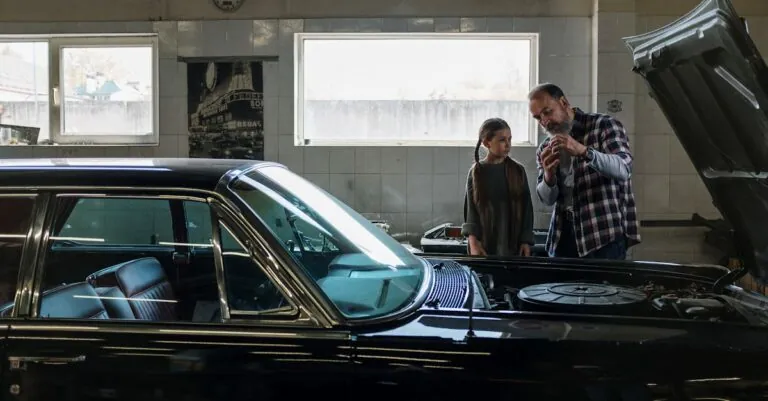Table of Contents
ToggleWhen it comes to keeping equipment running smoothly, the terms “maintenance” and “repair” often get tossed around like confetti at a parade. Yet, while they share some similarities, they’re like apples and oranges, one is about prevention and the other about correction. In this text, we’re diving into the nitty-gritty of maintenance versus repair, translating jargon into clear insights that even your grandmother would understand. So, grab a cup of coffee, sit back, and find out how to keep your things running longer without very costly, because who really wants to pay for repairs when a little maintenance can go a long way?
What Is Maintenance?

Maintenance refers to the proactive measures taken to keep equipment or systems in optimal working condition. It’s all about prevention rather than fixing problems after they arise. Think of maintenance as the regular check-up for your car. You wouldn’t wait until the engine is smoking before you decide to change the oil, would you?
Types of Maintenance
- Preventive Maintenance: This involves routinely scheduled tasks to avoid failures. For example, changing air filters in HVAC systems regularly ensures they run efficiently.
- Predictive Maintenance: This approach relies on monitoring equipment conditions to reduce unexpected failures. If vibrations on a motor increase, it might be time for an inspection before it breaks down.
- Corrective Maintenance: Here, technicians fix issues as they arise, but ideally, this should be minimized through preventive approaches.
Benefits of Regular Maintenance
Regular maintenance extends the lifespan of equipment, reducing the frequency and cost of repairs. After all, it’s much cheaper to change a lightbulb than to replace an entire lighting fixture. Also, regular check-ups also improve safety by identifying potential hazards before they become serious problems.
What Is Repair?
Repair is the reactive counterpart to maintenance. It deals with fixing something that’s already broken or not functioning optimally. Think of it as the band-aid for your bike when it gets a flat tire. You can’t avoid the breakage, but you can fix it to get back on the road.
Types of Repair
- Emergency Repair: This is an urgent fix that needs immediate attention, like a burst pipe.
- Scheduled Repair: Sometimes, repairs can wait, and you can plan them into your regular schedule. For instance, replacing a failing part during a downtime period.
- Preventive Repair: This involves repairing components before they fail, based on maintenance schedules or monitoring data.
When to Consider Repairing Instead of Maintaining
There are scenarios where repairing might be a better option, especially if the item in question is outdated or too costly to maintain. For instance, if a piece of machinery requires regular expensive parts and upkeep, it might be wise to consider replacement rather than continual repair.
Comparison of Maintenance and Repair
While maintenance and repair serve different purposes, evaluating them side by side provides a clearer picture of their impact.
Cost Analysis: Maintenance vs Repair
Routine maintenance costs typically pale in comparison to major repair expenses. Investing in maintenance can save considerable amounts in the long run. Consider this: a small investment in preventive measures often prevents a costly emergency repair down the line.
Long-Term Benefits of Maintenance Over Repair
Maintenance promotes longer equipment life and reduces downtime. Besides, equipment that receives regular maintenance often operates more efficiently, leading to lower energy costs and greater output. Over time, a well-maintained system holds its value much better than one that faces frequent repairs.





